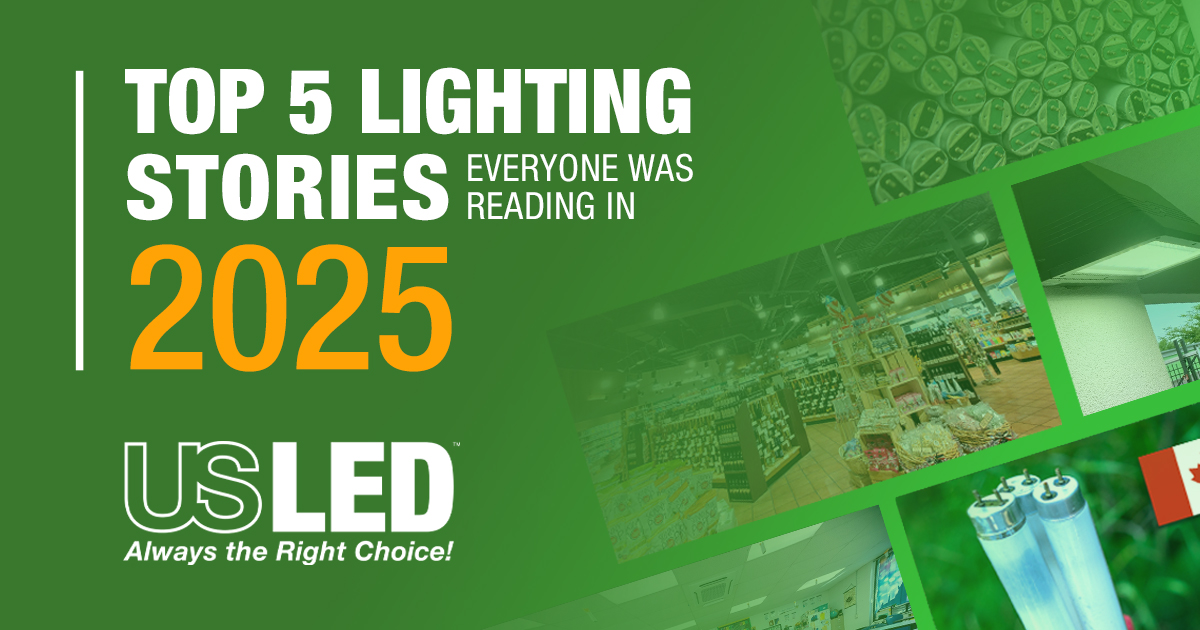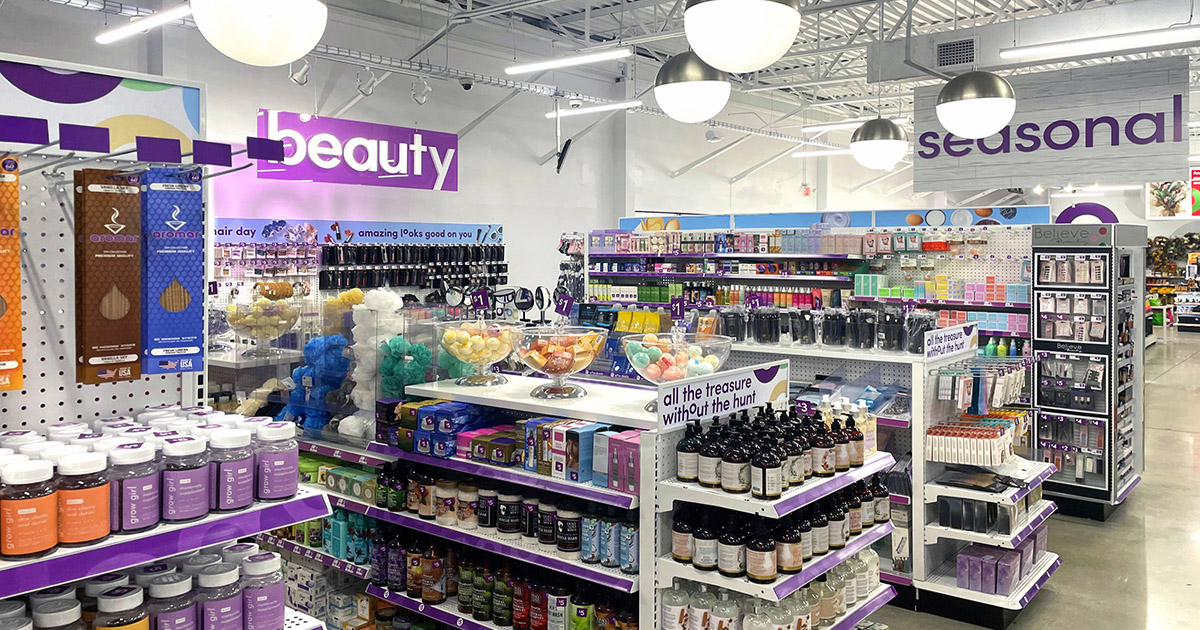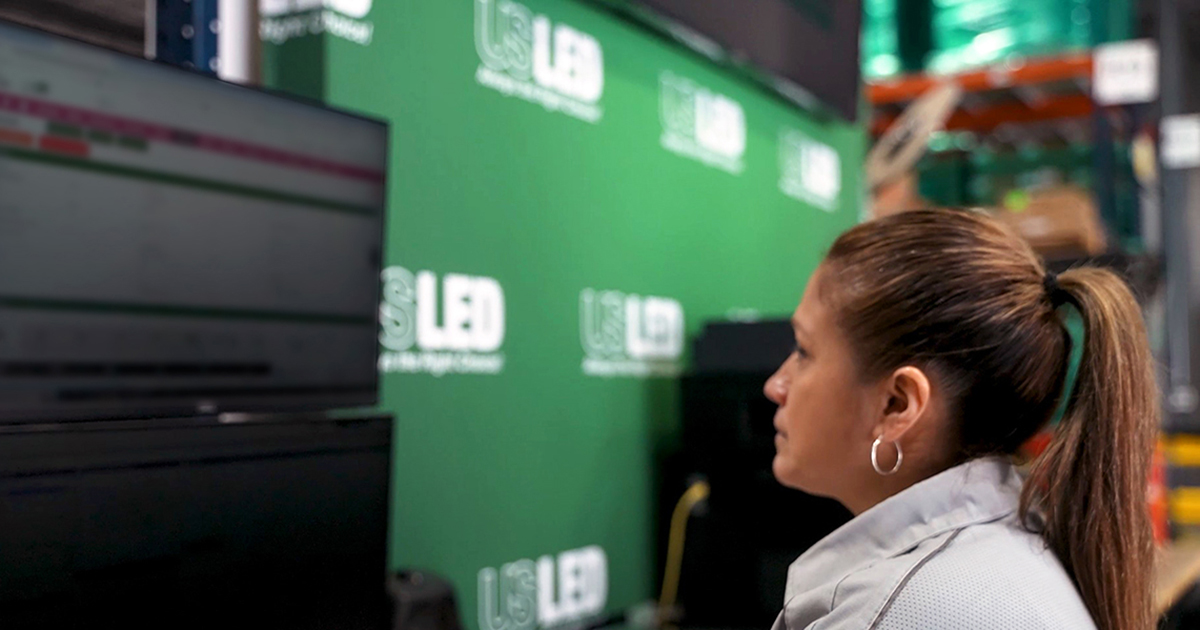
As 2023 unfolds, Environmental, Social, and Governance (ESG) is becoming one of the most pressing topics in the real estate sector. With commercial buildings consuming 35 percent of all electricity in the U.S. and generating 16 percent of all U.S. carbon dioxide emissions, both REITs and tenants are highly focused on reducing their carbon footprint. Green leases offer quantifiable ways for REITs and tenants to advance their shared ESG goals and benefit economically and socially from "going green."
What is a Green Lease?
Green leases, or energy-aligned leases, are regular commercial leases with additional language to address the landlord's and tenant's sustainability goals. In a green lease, a tenant shares the cost burden of sustainability upgrades with the building owner. In 2014, IMT (Institute for Market Transformation) and the U.S. Department of Energy established the Green Lease Leaders program to encourage building owners and tenants to align their ESG objectives and commitments.
These leases break down the split-incentive barrier and align the financial and environmental benefits of sustainability initiatives to both parties. Operational efficiency investments that support sustainability, like LED lighting, energy management systems, and HVAC optimizations, become determining factors for tenants when entering a leasing commitment. As a result, the Green Lease Leaders program has significantly impacted the industry and continues to grow in popularity. In 2022, the number of Green Lease Leader applications expanded by 26 percent compared to 2021, setting a new record.
ESG Best Practices: Good for the Planet and Good for Business
Having a positive impact on the environment and society isn't the only thing motivating property owners to adopt ESG practices and Green Leases. They also see the financial benefits of sustainable practices and operational efficiency solutions. All of these combined improve the financial performance of properties by effectively managing energy resources, reducing operating costs, improving tenant retention, and raising property values. For example, switching to LED lighting is an intelligent way for REITs to start their ESG strategy.
The Green Advantage of LED Lighting
LED lighting is considered a "green technology" that uses up to 75 percent less electricity than legacy options like incandescent and fluorescent, resulting in substantial energy savings. IMT estimates that Green Leases can reduce utility bills by up to $0.51 per square foot and reduce energy consumption in an office building by up to 22 percent. The LED is now the marketplace's most widely developed and energy-efficient lighting technology, with advancements coming very quickly.
Landlords can reduce their carbon footprint by installing energy-efficient LED lighting across their portfolio, increasing net operating income (NOI) and building value. LEDs also benefit REITs by reducing maintenance costs associated with labor to replace burned-out tubes, defective ballasts, and other components. According to GreenPrint, an environmental technology company, 64 percent of Americans are willing to pay more for sustainable products. Considering that fact, tenants are also more likely to extend their lease with a landlord aligned with their ESG values. REITs can capitalize on that further with green leasing. Tenants who occupy spaces with LED lighting have proven to benefit beyond the financial impact of reducing energy consumption. LED lighting can increase employee productivity by improving visibility for task performance, increasing safety, and supporting occupant wellbeing through tunable capabilities.
Beyond LED Lighting
To further reduce expenses and increase operational efficiency, REITs can implement centralized controls and automation that can have a profound impact. Building automation systems (BAS) is one such key example. This software accumulates data from connected systems like LED lighting and HVAC, allowing management to make adjustments through internet-connected devices to balance usage for increased energy savings and occupant wellbeing.
Active Load Management also monitors and manages through BAS to reduce energy consumption and overall demand charges. This efficiency solution helps REITs minimize energy costs and meet operational and environmental goals without interfering with normal operations. In addition, optimizing HVAC equipment with control upgrades allows buildings to run more efficiently and prolongs the life of the equipment without sacrificing occupant comfort
Make LED Lighting Part of Your ESG Strategy
It is becoming increasingly clear to management teams, tenants, and other stakeholders that a REIT's total success over time is linked to environmental stewardship, practicing social responsibility, and implementing good governance. So, whether it's new construction or retrofit programs, REITs and tenants should consult an experienced operational efficiency solutions provider about developing a plan to support their ESG goals.










